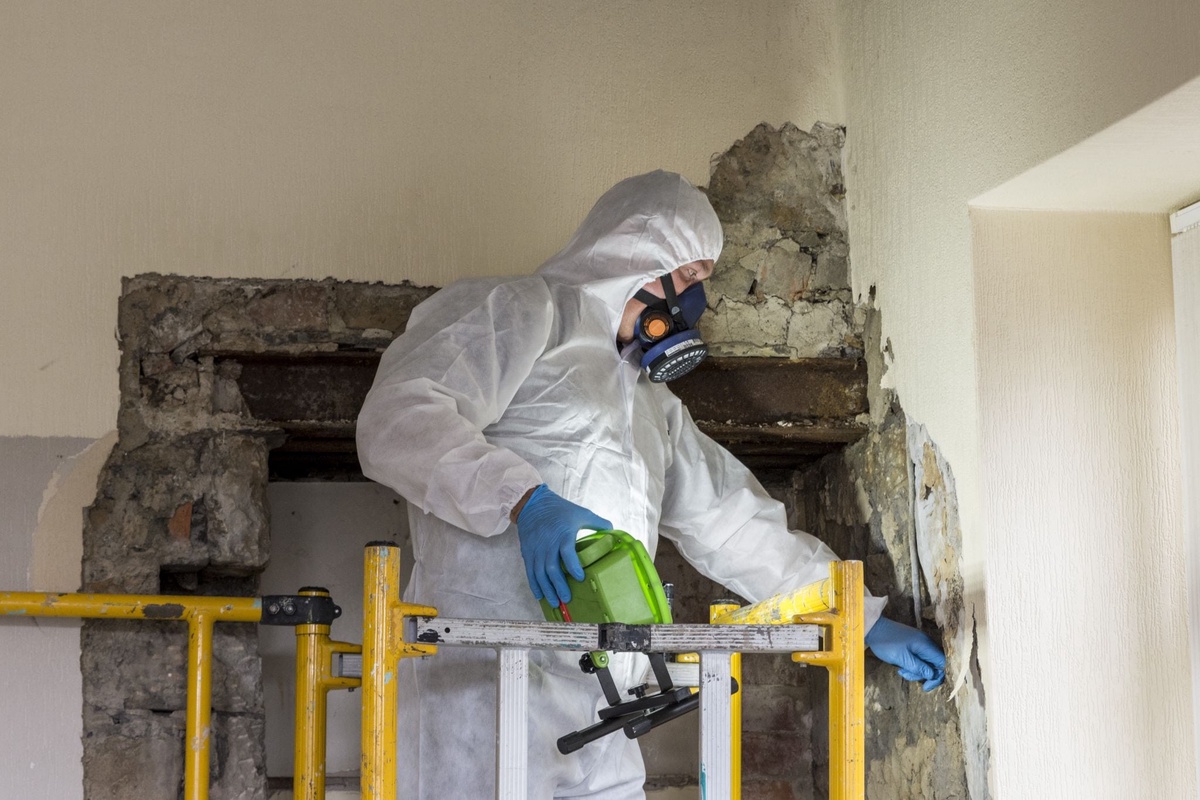Protecting Your Health: Understanding Asbestos Surveys
Asbestos, a naturally occurring mineral once widely used in construction, poses serious health risks when disturbed. To safely manage these risks, asbestos surveys are crucial. These specialized inspections assess buildings and structures for the presence and condition of asbestos-containing materials (ACMs).
Types of Asbestos Surveys:
- Management Surveys: Regular checks to identify and manage ACMs in occupied buildings. Includes sampling and analysis of potentially suspect materials.
- Refurbishment/Demolition Surveys: Locate and assess ACMs that may be disturbed during planned work, ensuring safe handling and removal if necessary.
- Re-inspection Surveys: Monitor the condition of ACMs and update the asbestos register at regular intervals.
The Survey Process:
- Qualified Surveyor: Hire a certified professional to conduct the survey. They will meticulously inspect ceilings, walls, floors, and insulation for potential ACMs.
- Sample Collection: Suspected materials are carefully sampled and sent for laboratory analysis to confirm the presence and type of asbestos.
- Detailed Report: The surveyor provides a comprehensive report outlining the location, condition, and extent of ACMs. Recommendations for managing the asbestos, including removal or encapsulation options, are also included. The report should be clear, concise, and easily understandable.
Benefits of Professional Surveys:
- Expertise: Trained surveyors have the knowledge and experience to accurately identify and assess ACMs.
- Safety: They use specialized equipment and techniques to minimize the risk of asbestos exposure during the survey and subsequent actions.
- Compliance: Professional surveyors stay up-to-date with local regulations and ensure your work adheres to them.
Understanding the Report's Implications:
The survey report empowers building owners to make informed decisions regarding the safety of their occupants. It outlines the risks associated with the identified ACMs and suggests appropriate actions, such as:
- Monitoring: Regularly checking the condition of ACMs to ensure they remain undisturbed and undamaged.
- Encapsulation: Sealing ACMs within a protective barrier to prevent fiber release.
- Removal: Safely removing and disposing of ACMs when deemed necessary.
Remember: Asbestos surveys are not a one-time event. Regular inspections are crucial to ensure continued safety and adherence to regulations. Don't hesitate to seek professional help if you suspect asbestos in your building. Prioritizing your health and safety is paramount.
This revised version aims to:
- Be more concise and impactful.
- Use clearer and simpler language.
- Maintain the key information about asbestos surveys and their importance.
- Add emphasis on the health risks associated with asbestos exposure.
- Encourage readers to seek professional help for managing ACMs.
Also Read b- https://www.bluea.co.uk/interesting-facts-to-know-about-asbestos-surveys/


No comments yet